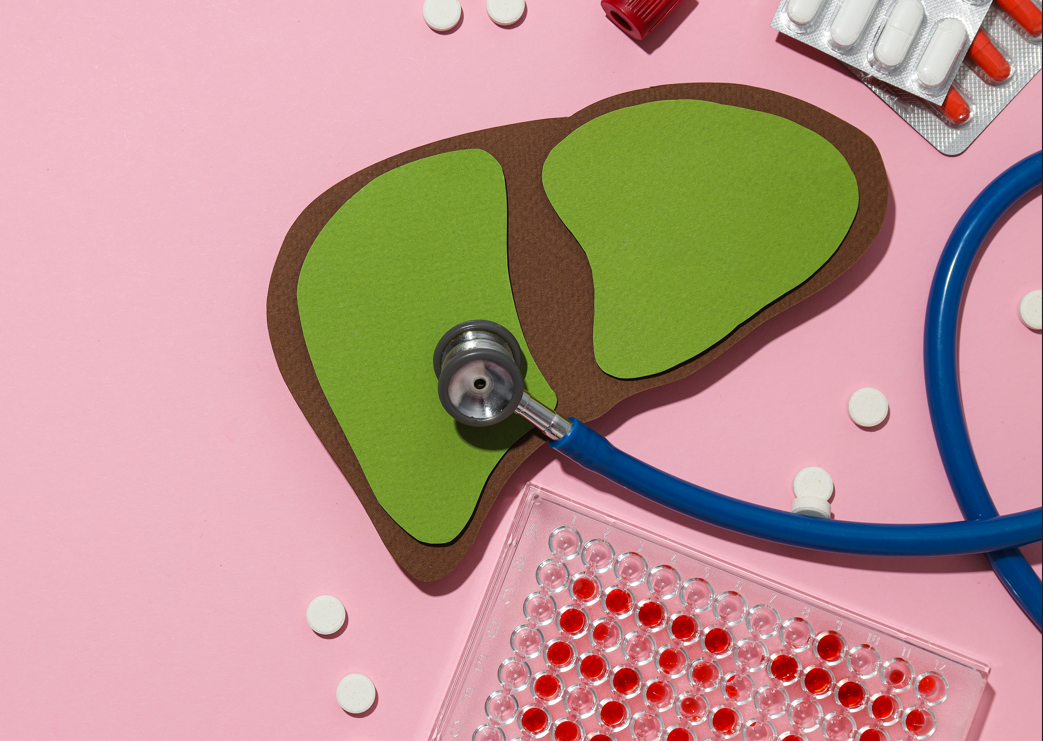
What tests show liver damage?
The Liver is situated closely below the rib cage on the right side of the abdomen and weighs around 1.2 to 1.8 kilogram. It plays an essential role in digestion, waste removal, production of clotting factors to promote healthy blood flow and other essential functions.
Liver disease, whether hereditary or caused by viruses, alcohol consumption, or obesity, can wreak havoc on liver health. Prolonged damage may result in cirrhosis – scarring of the liver tissue – and, ultimately, liver failure; early intervention can help accelerate liver healing while mitigating risk and complications.
Thankfully, there are several tests today that can show liver damage or related issues.
What tests show Liver Damage? Well, Here are the details:
Specialized blood examinations provide insight into the condition of the liver, revealing inflammation, injury, or its proper functioning. Furthermore, these tests can distinguish between acute and chronic liver ailments and distinguish hepatitis from cholestasis (bile formation disruption or obstruction in its flow).
Liver Function tests
1. The serum bilirubin test evaluates levels of bilirubin in your bloodstream. Bilirubin is produced by your liver and excreted through your bile duct. It should remain below a threshold level; increased levels may indicate an obstruction to its flow or problems with how your liver processes bile.
2. The serum albumin test assesses the concentration of albumin, a blood protein, and can aid in diagnosing liver ailments. Reduced albumin levels could signify impaired liver function.
3. The International Normalized Ratio (INR), commonly referred to as the Prothrombin Time (PT) test, measures how long it takes blood clot formation. Vitamin K and liver-produced proteins are needed in blood coagulation; any delay could specify liver disease or deficiencies in specific clotting factors.
Liver Enzymes Test
1. The serum alkaline phosphatase test measures the concentration of alkaline phosphatase, an enzyme present in various tissues, including the liver, biliary tract, and bone. This examination can help measure liver function as well as identify any liver lesions, such as tumors or abscesses, that could block bile flow, causing blockages within biliary pathways.
2. The Aspartate Transaminase (AST) test measures the presence of aspartate transaminase, an enzyme present in organs including the liver, kidneys, pancreas, heart, skeletal muscles, and red blood cells. Release of this enzyme usually results from liver or heart complications or acute liver cell damage releasing its contents into circulation.
3. The Gamma-Glutamyl Transpeptidase Test measures the concentration of an enzyme produced in the liver, pancreas, and biliary tract cells that synthesize it. Commonly conducted to assess liver function, this test can also shed light on potential liver disorders as well as help detect alcohol consumption.
4. Lactic Dehydrogenase testing identifies tissue damage and may aid in diagnosing liver conditions. Lactic Dehydrogenase, an isoenzyme found in protein variants like Lactic Dehydrogenase, plays an integral part in metabolic processes but serves only as an insensitive indicator for liver evaluation; rarely used to diagnose diseases of this kind.
5. The 5′-nucleotidase test measures the concentration of 5′-nucleotidase, an enzyme present in liver tissue. High levels of 5′-nucleotidase may indicate liver diseases related to cholestasis – marked by disruptions or obstruction of bile formation or flow – such as increased amounts.
Typical Usage of Liver Tests
Liver tests help in the detection of the following purposes:
- Determine whether specific symptoms may be attributed to liver disease or damage.
- Assess the severity of diagnosed liver disease.
- Monitor the progression of liver disease and evaluate treatment effectiveness.
- Evaluate potential side effects of medications impacting liver function.
Supportive Tests that help in showing Liver Damage or Issues
- Alpha-fetoprotein testing evaluates levels of alpha-fetoprotein, a specific blood protein produced by fetal tissues and tumors. Its purpose is to predict primary liver cancer (hepatocellular carcinoma) and assess the treatment efficacy of specific cancers like hepatomas, which is one form of liver cancer.
- Testing mitochondrial antibodies may indicate primary biliary cirrhosis, chronic active hepatitis, or certain other autoimmune conditions.
- The Serum alpha-1 antitrypsin test (A1AT) measures the concentration of alpha-1 antitrypsin in bloodstream samples to help detect rare types of emphysema among adults and an uncommon form of liver disease known as cirrhosis in both children and adults.
What is the process of a liver function test?
The process of a Liver function test is simple and common. Your healthcare provider/Technical Assistant will use a small needle to collect blood from a vein in your arm, then place the sample into a test tube or vial for collection. While you might experience some minor pain while the needle is being inserted or removed from its place in your vein, typically this process lasts no longer than five minutes.
Consult a Hepatologist near You today for Assistance!

Leave a Reply